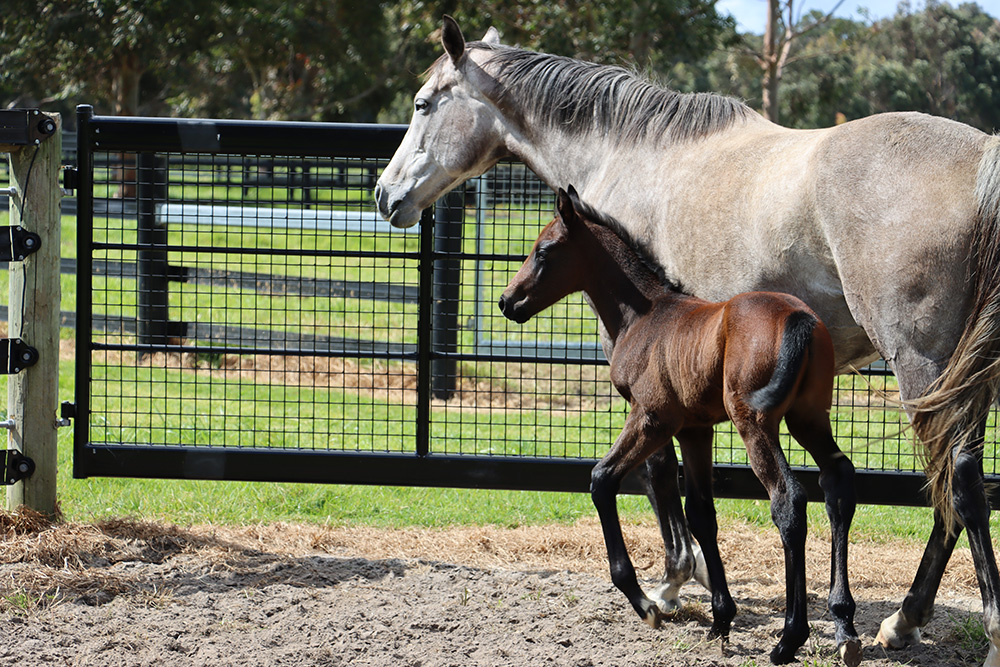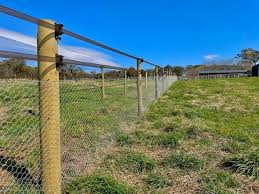Preparing The Paddock
How can you make the paddock as safe as possible?
The paddock should be large enough to run around in, but not so large that you are unable to manage it on a regular basis (40mx40m approx). It should be relatively flat, without any steep sections, or rocky ground that the foal and mother could injure themselves on. It is important to note that foals are far more accident prone than full-grown horses, due to their small size and also the fact that they are learning how to move in their new, and rather disproportionate, body.
All bodies of water, including dams and creeks should be fenced off, ideally they should be not be in the paddock at all, and the paddock should be free of toxic weeds and holes in which the mare and foal could injure themselves. The mare and foals should also have access to shade, be that a shelter or trees. The water troughs and feed bins, as with the stable, should have rounded edges and be shallow enough that should the foal fall in, they will be able to escape. Tyres or other feed bins with a long internal lip risk the foal getting caught and panicking, and potentially injuring themselves.
Summary
- Paddock should be a maintainable size and relatively flat
- Remove any hazards, such as large rocks, fence off water sources such as dams and remove toxic weeds
- Include access to shade, to forage and water
- Ensure feed bins are foal safe with rounded edges
Genetic Testing: Practical Horse Genetics
See more
Show me More Information or Stallion Listing.



